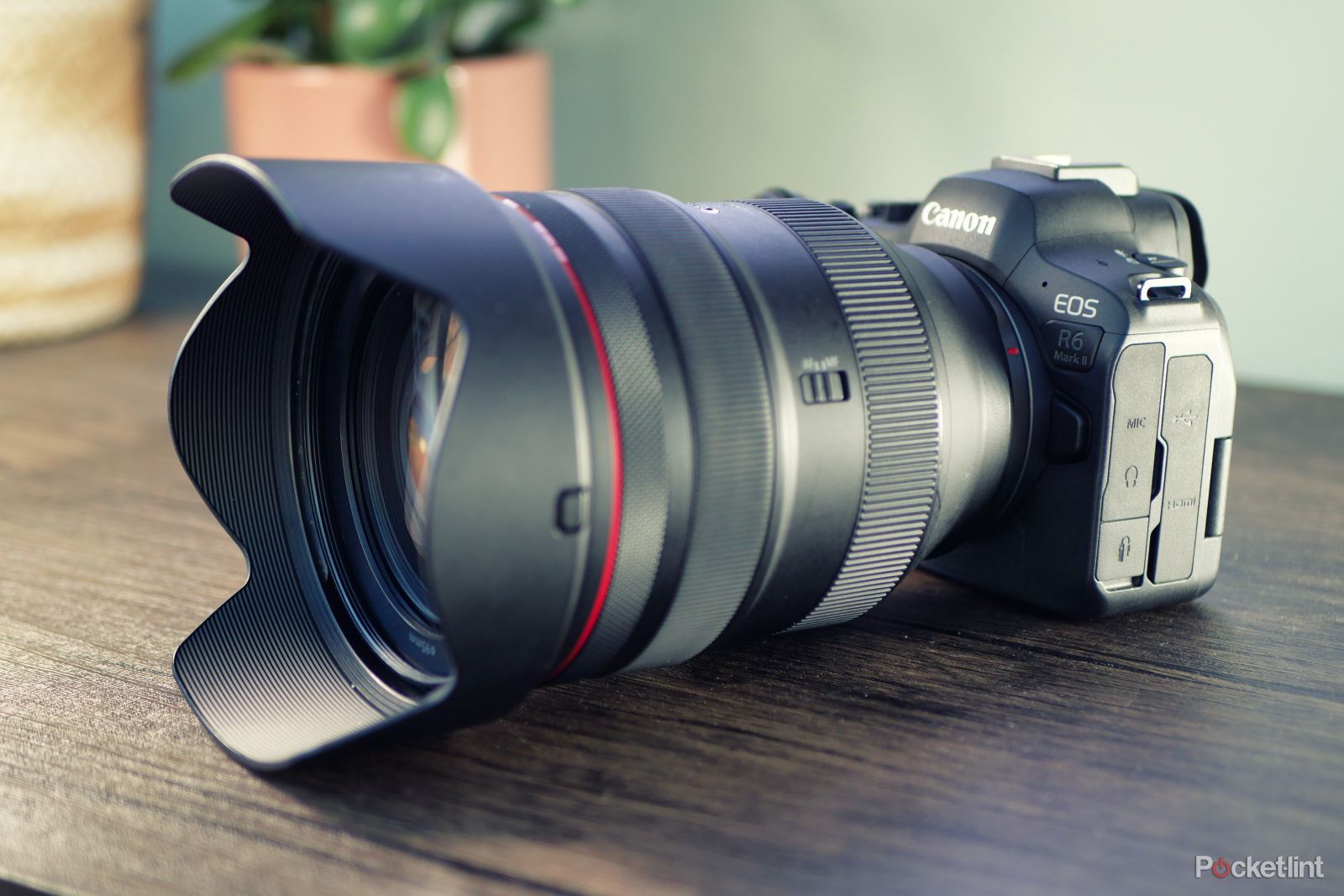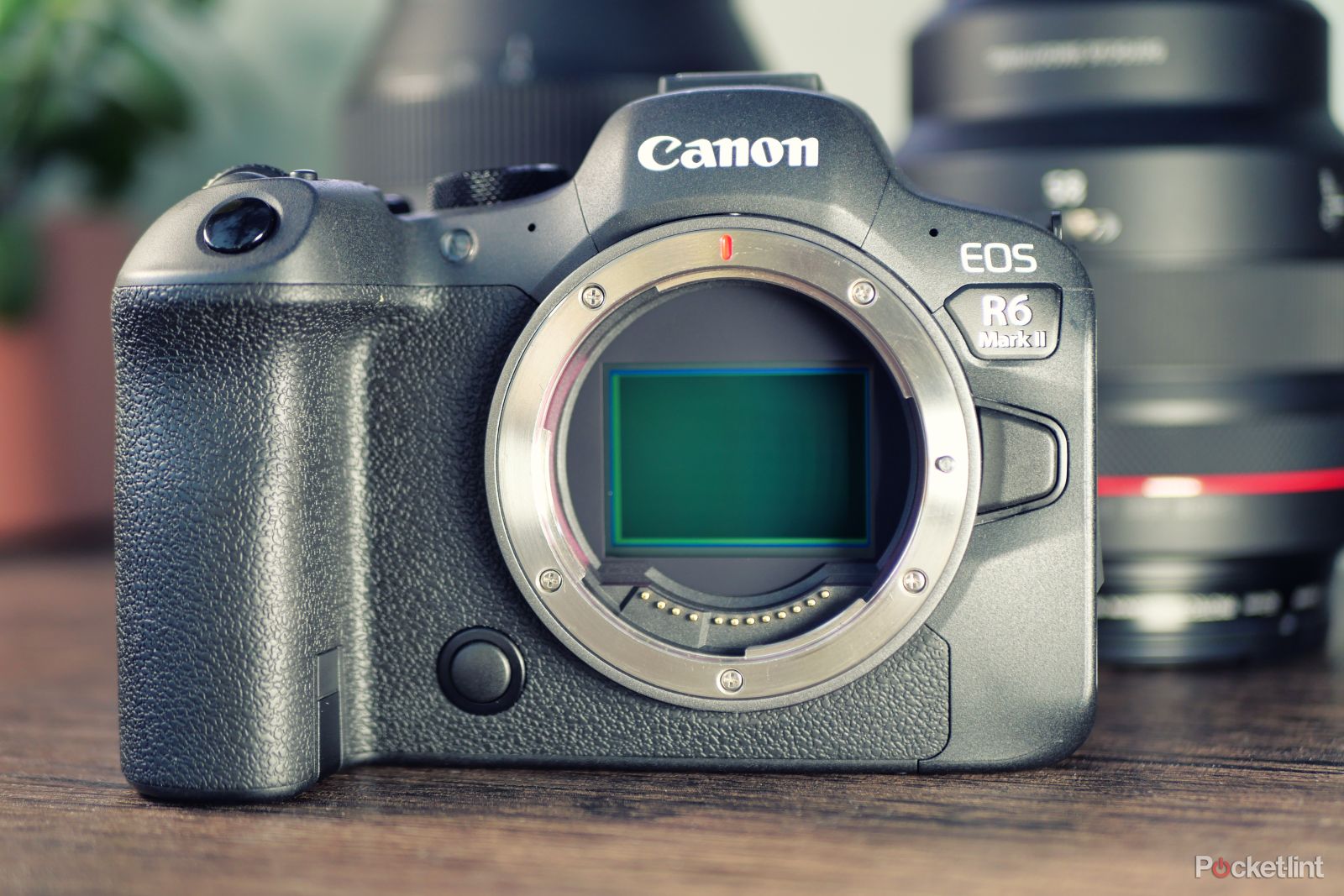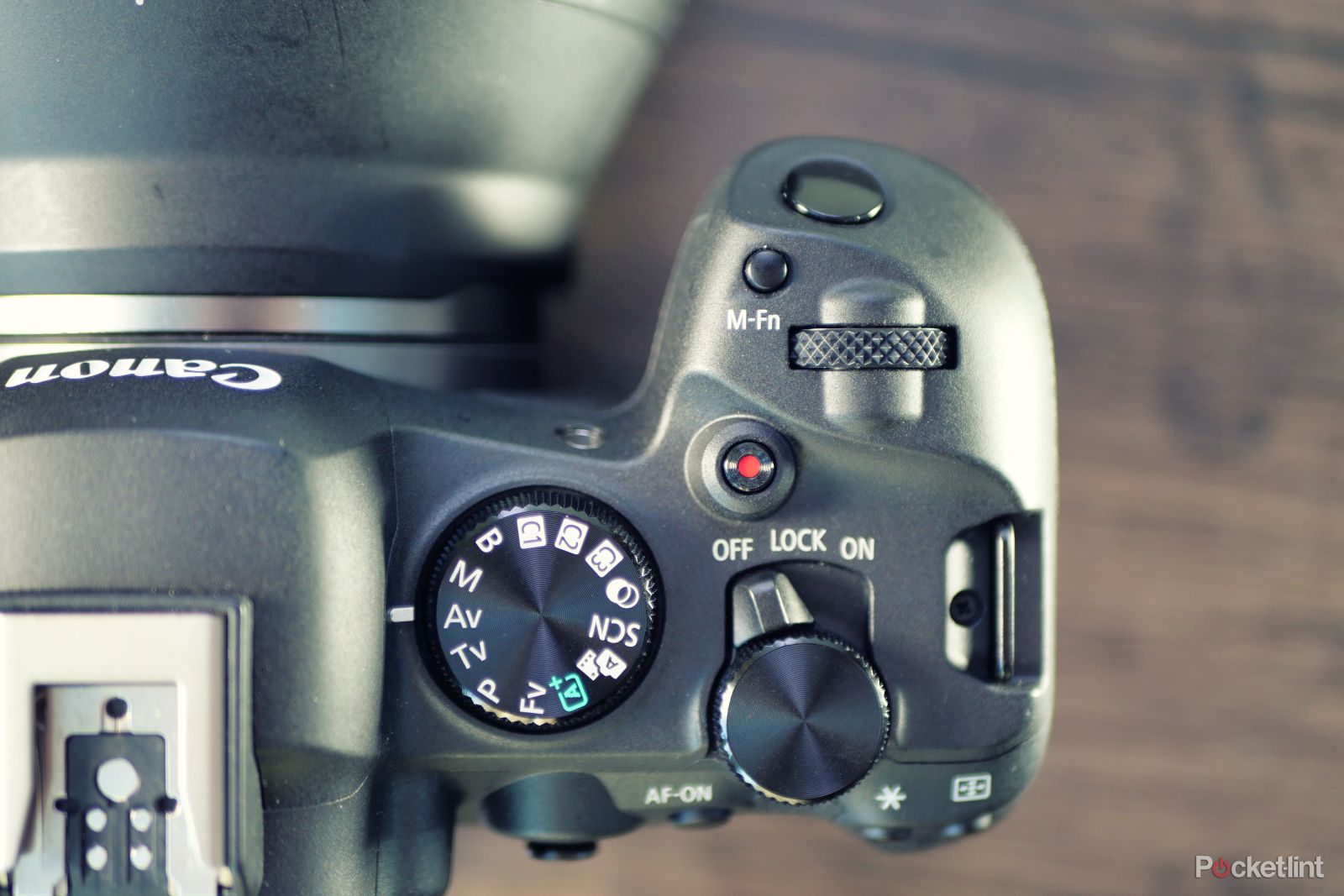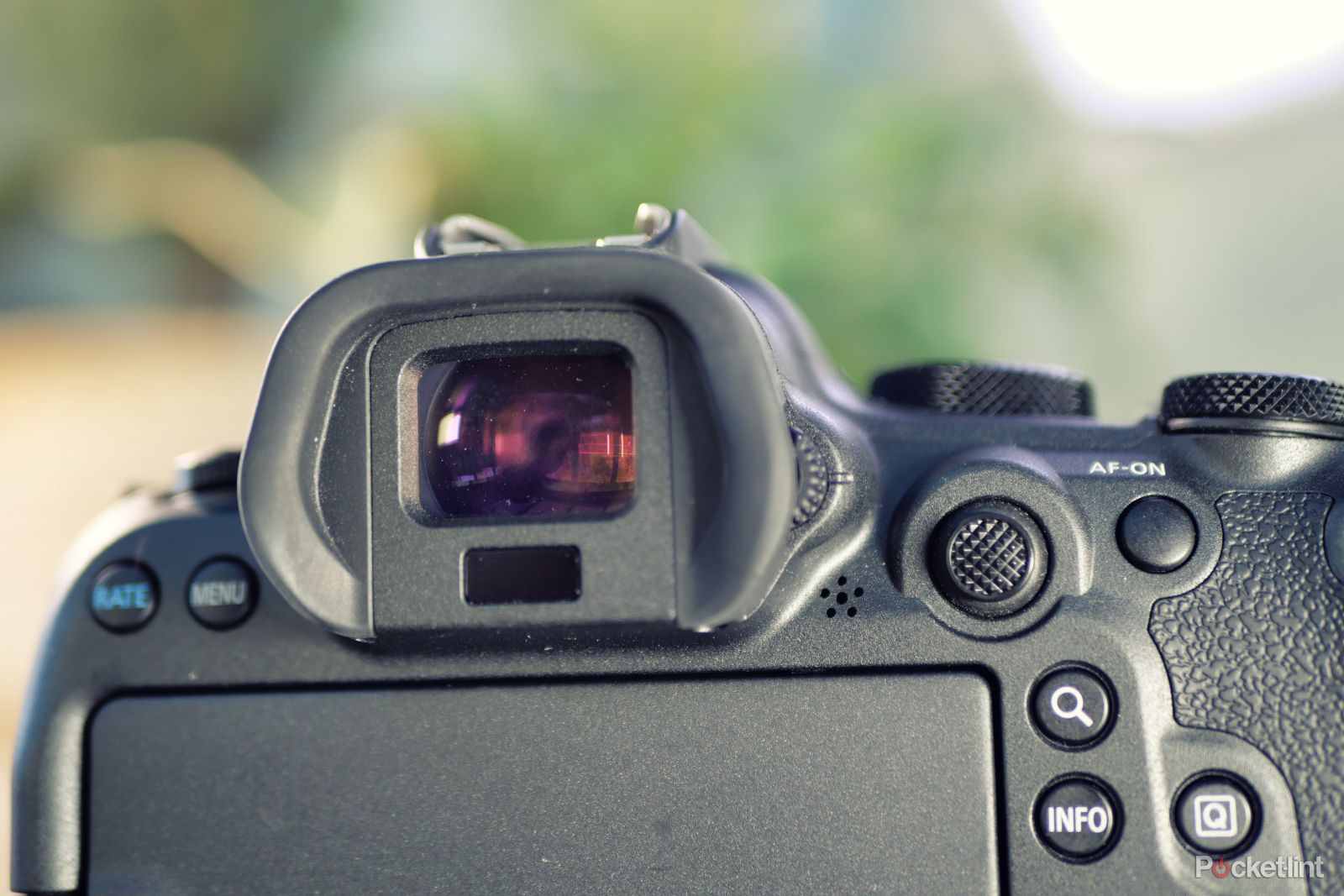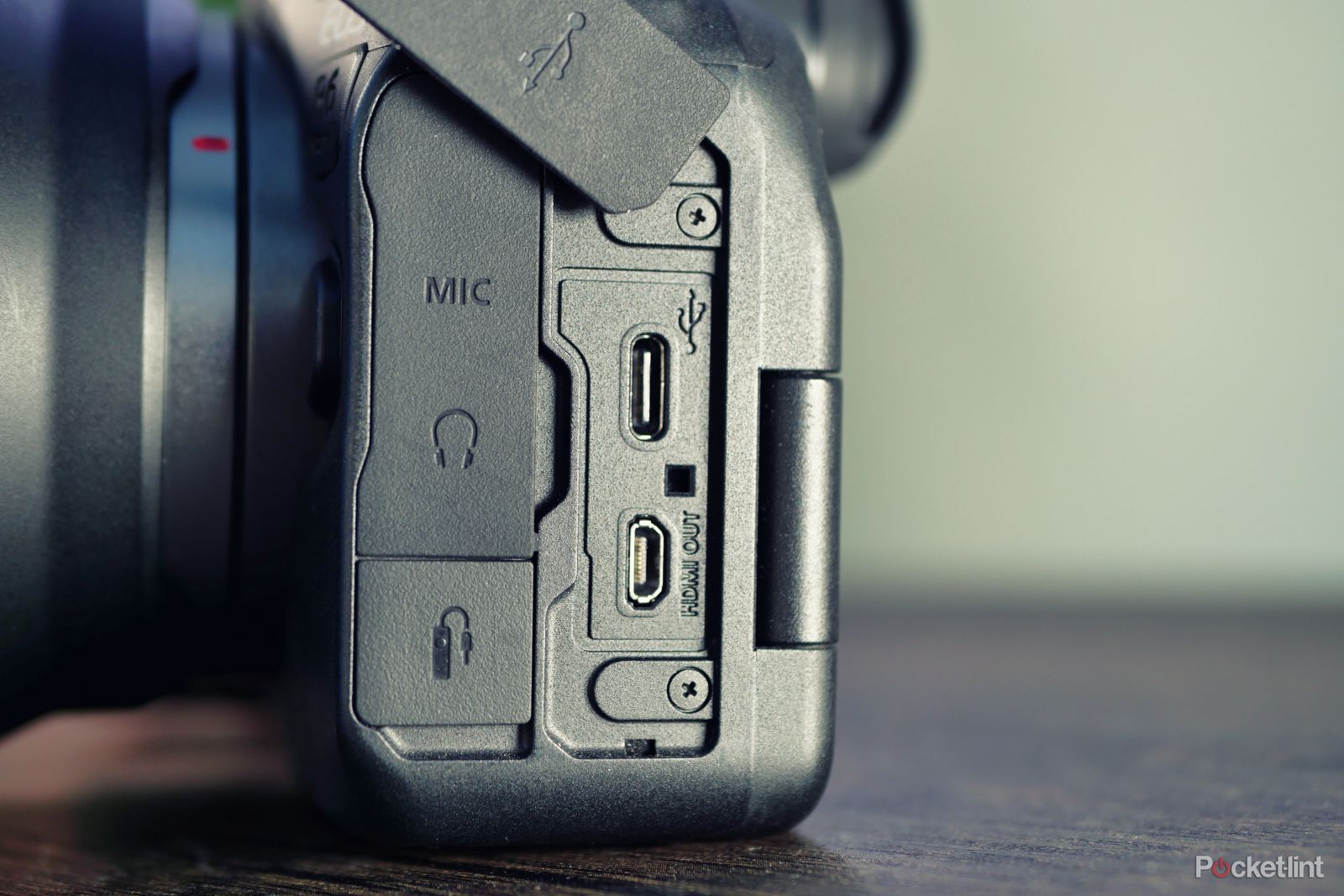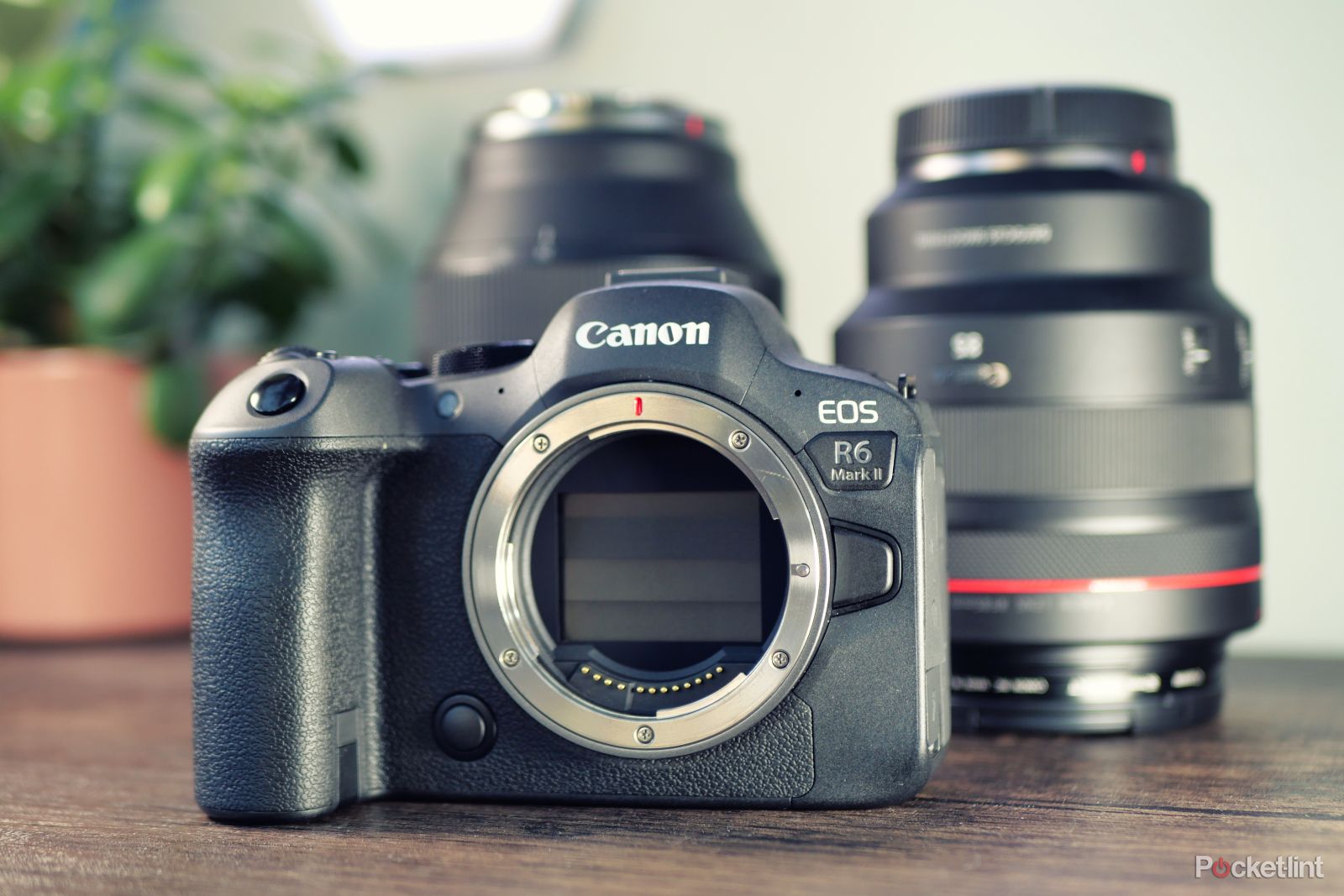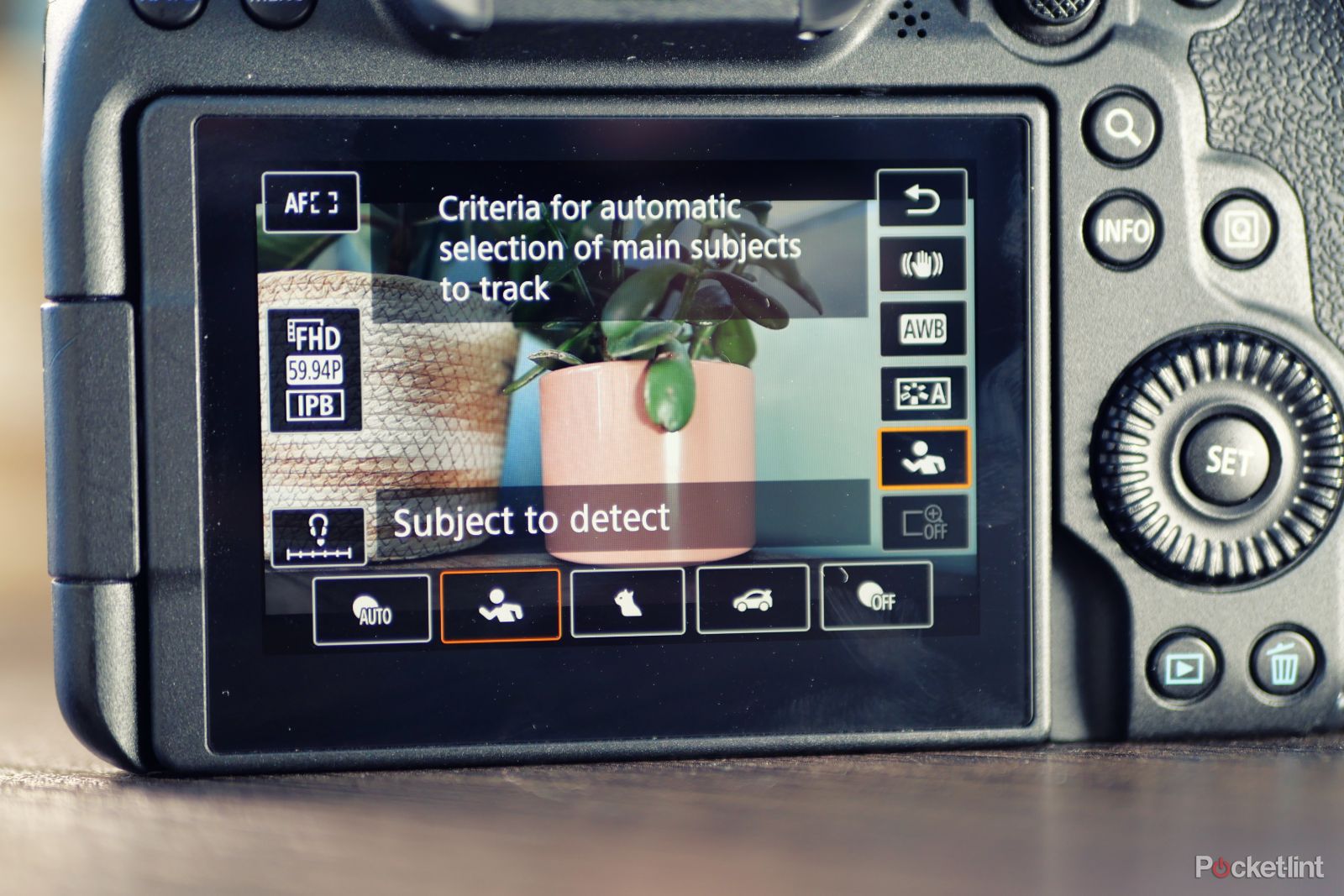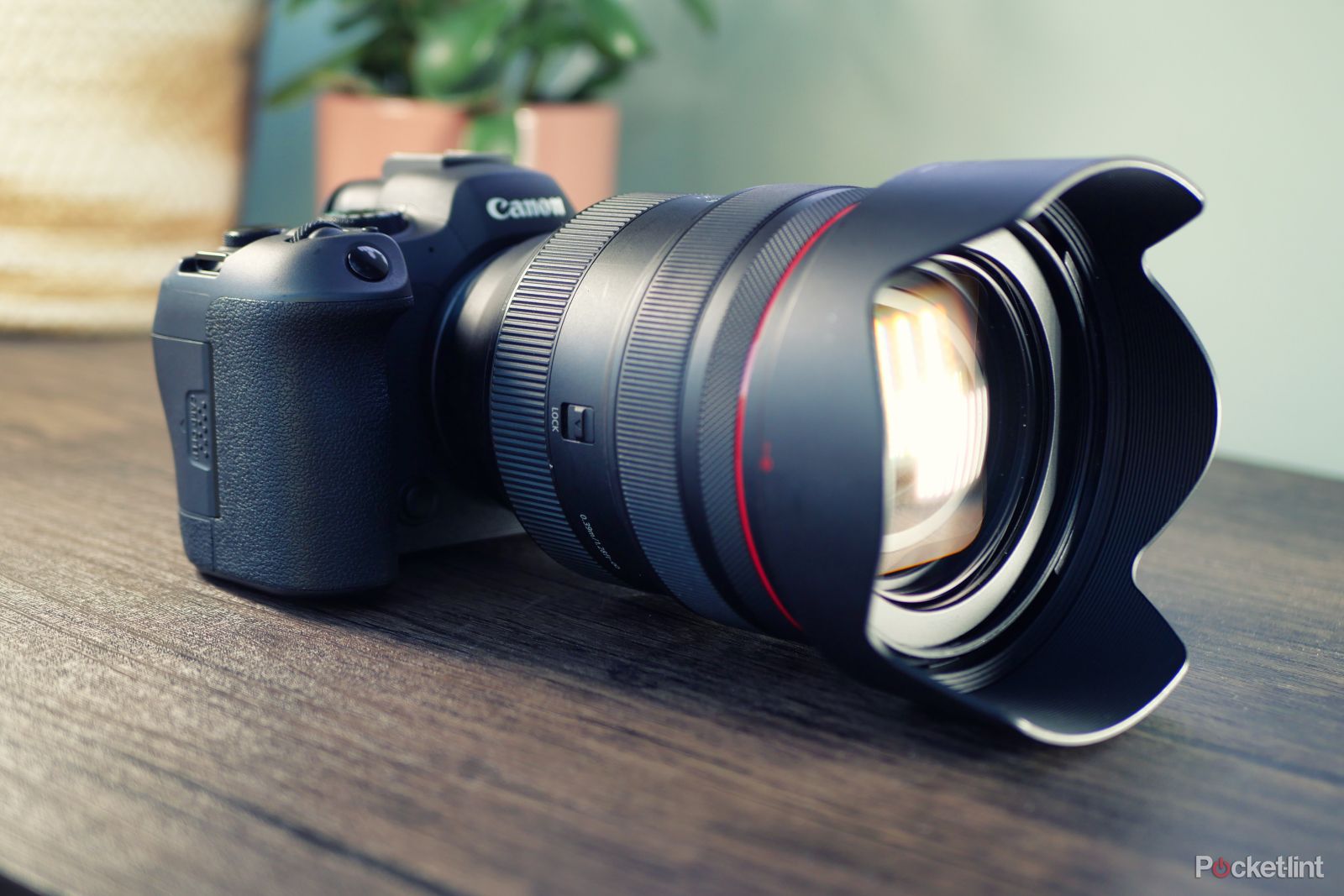The Canon EOS R6 has proven to be a popular choice over the last few years. It's a mirrorless camera - of course - and offers solid video and photo capabilities with an impressive full-frame sensor. While it doesn't come cheap, it doesn't venture into the extremely expensive territory of Canon's higher-end models either, making it the right option for a lot of users.
Now, its successor has arrived, and while it may look very similar at a glance, it's aiming to take that winning formula to the next level.
There are numerous changes on this model, with the most exciting being a new sensor, improved autofocus and refined video features.
We were excited to see how it performs, so we've been putting it to the test. Here's what we learned.
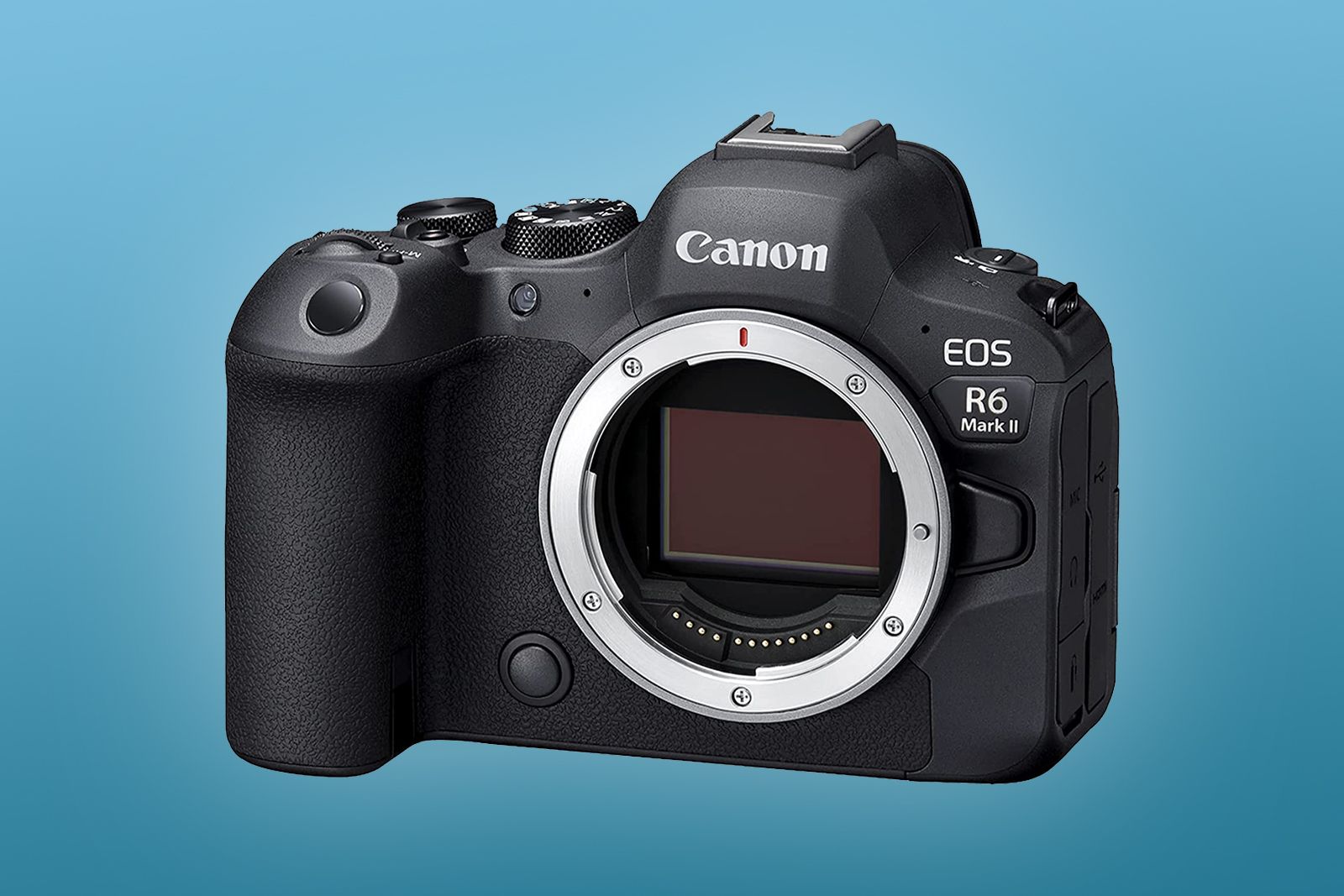
Canon EOS R6 Mark II
With excellent photo and video capabilities, solid autofocus, Canon's renowned colour science and some of the fastest burst shooting in this category, the EOS R6 Mark II represents the sweet spot for a lot of people.
- 4K 60fps video with no crop
- 180fps slow motion in 1080p
- Improved AF performance
- 40fps burst shooting
- It's a little pricey
- IBIS is prone to edge-warping
Design
- Body: 138.4 × 98.4 × 88.4mm
- Weight: 588g (670g with card and battery)
- Weather-sealed body
- New photo/video mode switch and joystick design
As we mentioned up top, the R6 Mark II looks a lot like the original, and it feels like it, too. They're both about the same weight and have almost identical dimensions. They're so similar, in fact, that the battery grip for the R6 works with the Mark II, as well.
That said, there are a few outward differences to note. Firstly, a new video/photo mode switch is present on the left-hand side, where the power switch was located on the original. As a result, the power switch has been shifted to the right-hand side behind the thumb wheel.
This will take some getting used to if you're upgrading from the R6, but it has been done for a good reason. The new mode switch means that you can now access three separate custom modes for photo, and three additional modes for video. It's a big win for usability and practicality.
The power switch location is also better, in our opinion, as it means that you can turn it on with one hand when holding the camera by the grip.
A less significant change is that the joystick has received a slight redesign. The tip is convex on the Mark II, but was concaved on the original R6. There's not much of a practical difference between them, truth be told, and we found both designs equally functional.
As with the older model, the camera body feels substantial and robust, while Canon's signature ergonomic design language makes it feel comfortable in the hand.
Connectivity and displays
- Dual SD card slots
- Micro HDMI, 3.5mm headphone and mic sockets, USB-C
- Flip out 3-inch 1.62 million dot LCD
- 0.5-inch 3.69 million dot 120Hz OLED EVF
Both the EVF and flip-out touchscreen LCD are unchanged from the R6, but that's no bad thing. The viewfinder is particularly impressive, with ample size, a smooth 120Hz refresh rate and excellent contrast from the OLED panel.
The LCD gets the job done handily, too, with touch controls feeling highly responsive and enough brightness output to compete with most lighting conditions.
Physical connections are largely unchanged on this model, but there are some upgrades to their functionality. The hot shoe has been upgraded to Canon's Multi-Function Shoe standard, which means you can attach more advanced accessories such as audio adapters, microphones and flash guns.
The USB-C port has seen a little upgrade in usefulness, too. You can now transfer photos and videos to your phone with a wired connection, rather than just over Wi-Fi. It has MFi certification, too, so Apple users shouldn't have much hassle in using this feature. As before, the USB-C port works for charging and connecting to a PC, too, but it won't let you record directly to an SSD.
The HDMI output will now allow you to record ProRes RAW footage to an external device, such as an Atomos recorder, which could prove handy for professional video shooters. Unfortunately, it's still the same fragile micro HDMI connection type, a full-sized port would have been really nice to see.
For storage, you get dual UHS-II SD card slots. There's no need for CFexpress on this model, as ultra-high bitrate codecs require an external recorder. On the plus side, SD cards are a much more affordable option.
Photos and videos
- Full frame CMOS sensor - 24.2MP stills
- Sensor shift IBIS: up to 8-stops
- Up to 40fps burst shooting / 12fps with mechanical shutter
- Up to 4K 60fps / 1080p 180fps video
- 4:2:2 10bit colour when CLOG3 or HDR PQ is active
On the R6 Mark II, the sensor resolution has been increased to 24.2MP, up from 20MP on the R6. And while the extra resolution is always nice to have, we can't see the 4MP increase being a huge draw towards this model.
Instead, it's what you can do with this sensor that's a bit more exciting. On the photo side, burst shooting with the electronic shutter has been bumped up to 40fps and the buffer should allow for around 190 JPEGs, 30 RAW shots or 140 CRAW pics.
Of course, the usual rolling shutter caveats apply, but this staggering burst rate will certainly prove valuable for certain sports and wildlife scenarios.
Another improvement is in the area of autofocus, which Canon says has inherited some of the EOS R3's machine-learning algorithm smarts, and should now stick to subjects more reliably.
There are some new tracking modes this time, too. In addition to people and animals, the R6 Mark II can track vehicles, and a general-purpose auto mode has been added.
In our testing autofocus was fast and reliable, particularly with human subjects, but it did a pretty solid job with animals too. This includes shooting horses, which weren't supported on the older animal detection modes.
We found that the autofocus struggled a little more with product photography, particularly glossy-backed phones, which is something we shoot a lot here at Pocket-lint. Though, in such scenarios, it's not too much of a hassle to switch to manual focus.
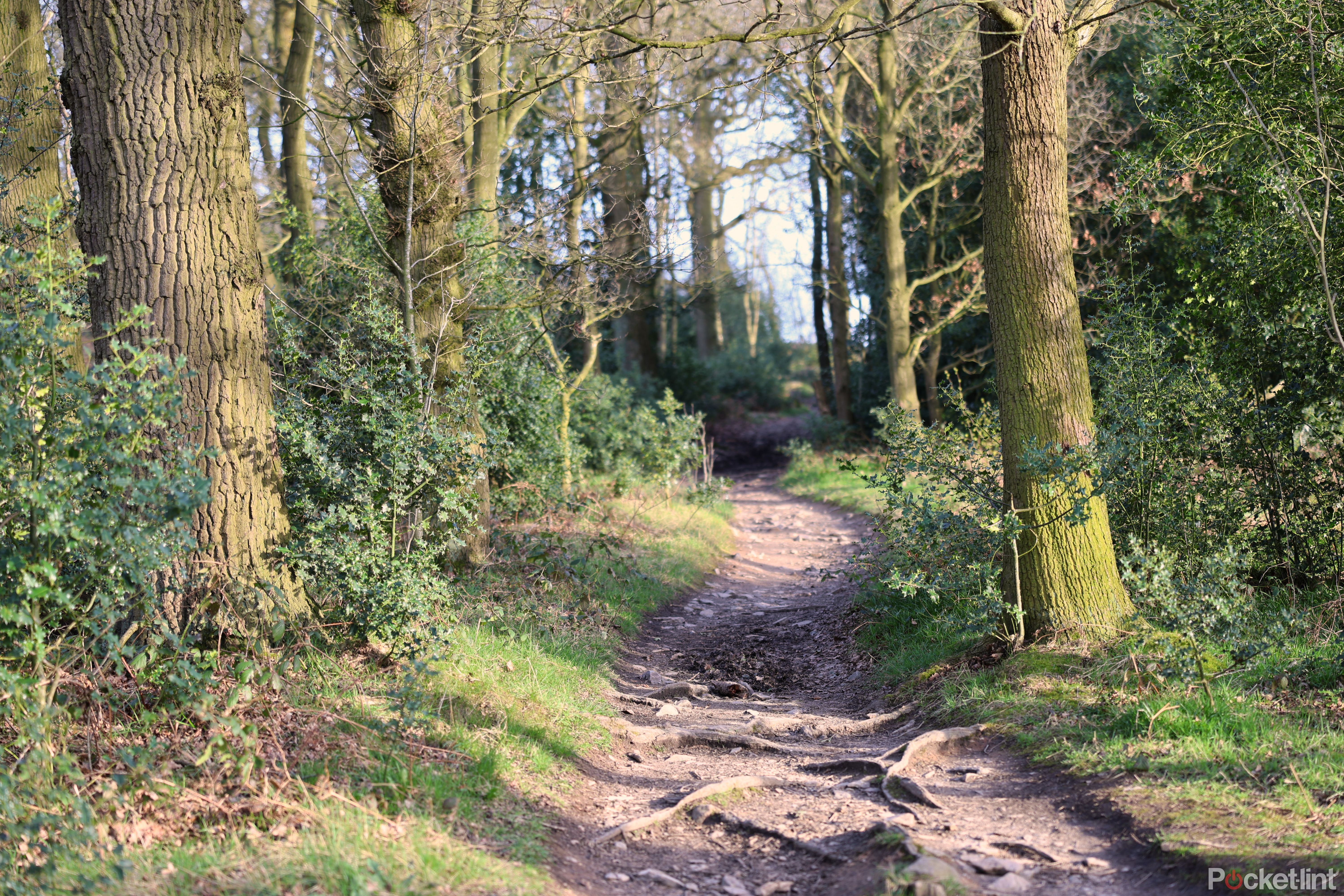
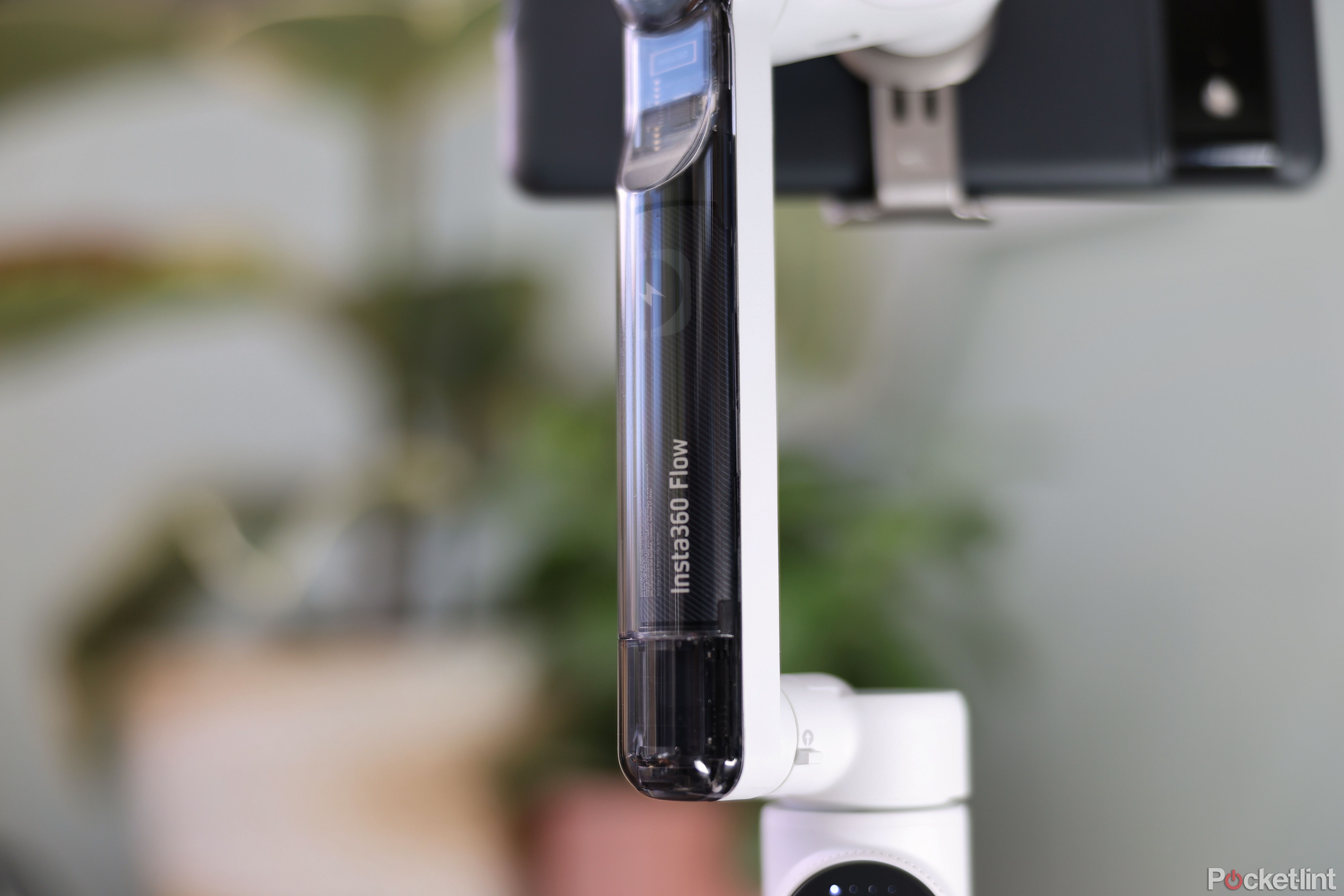

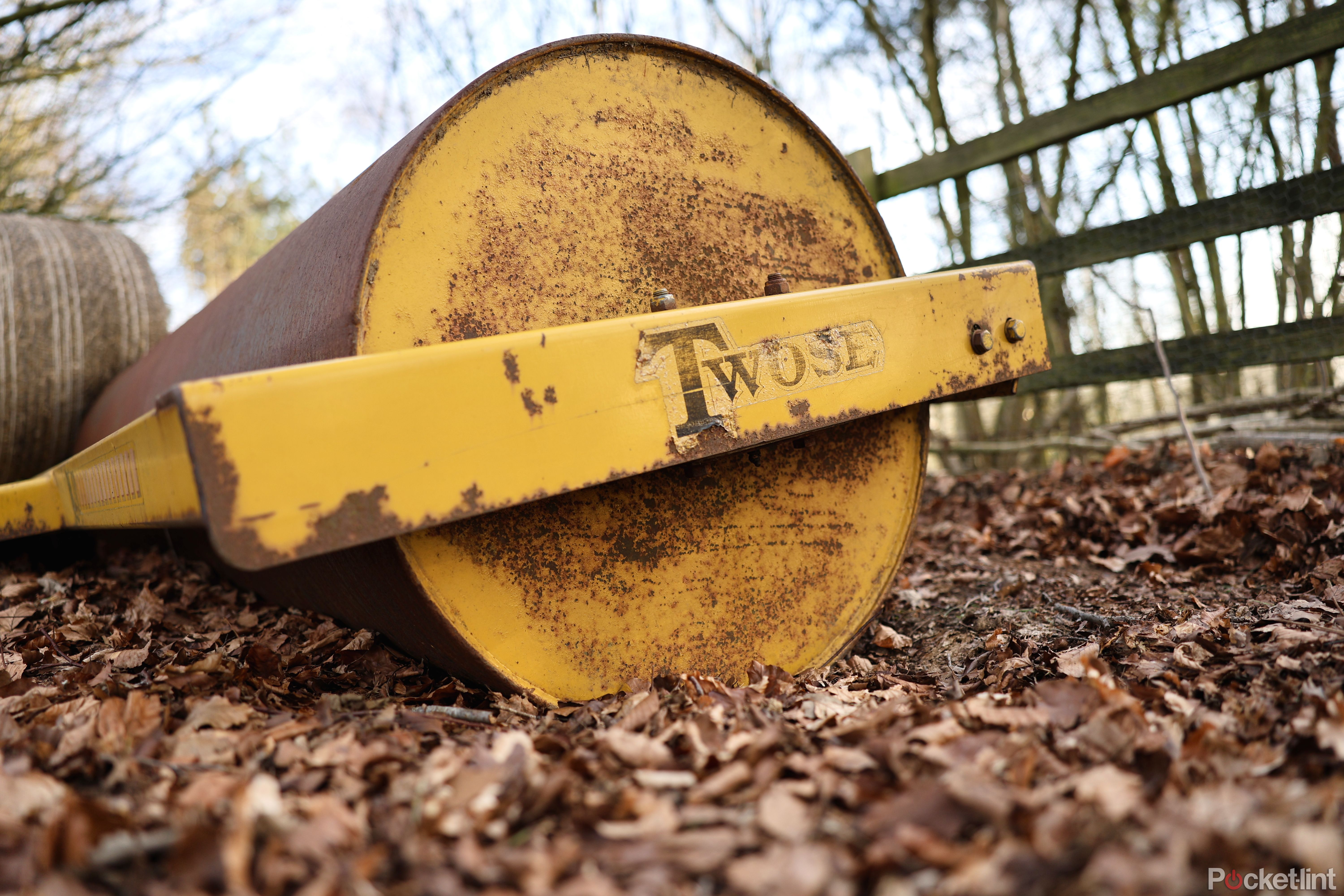
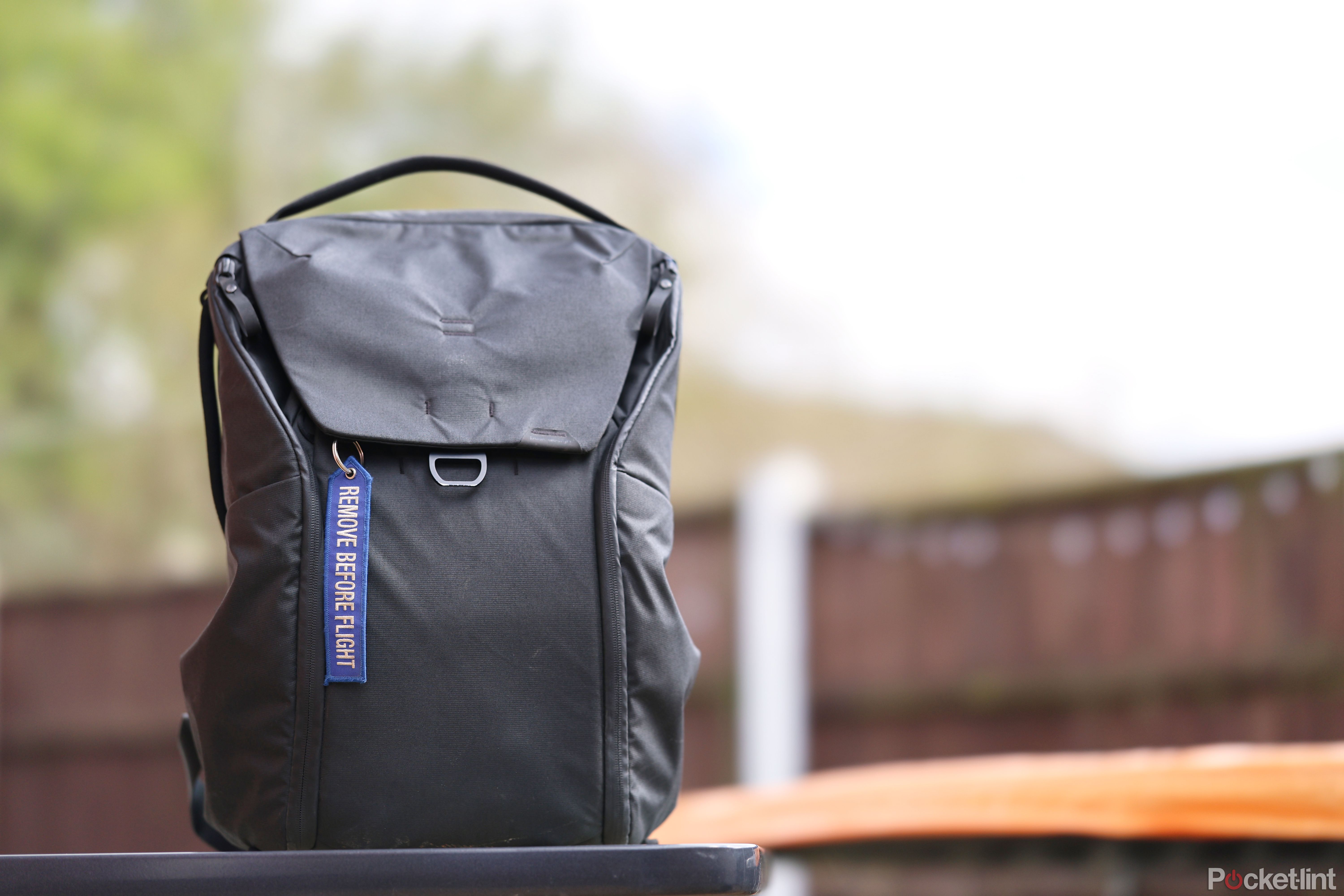
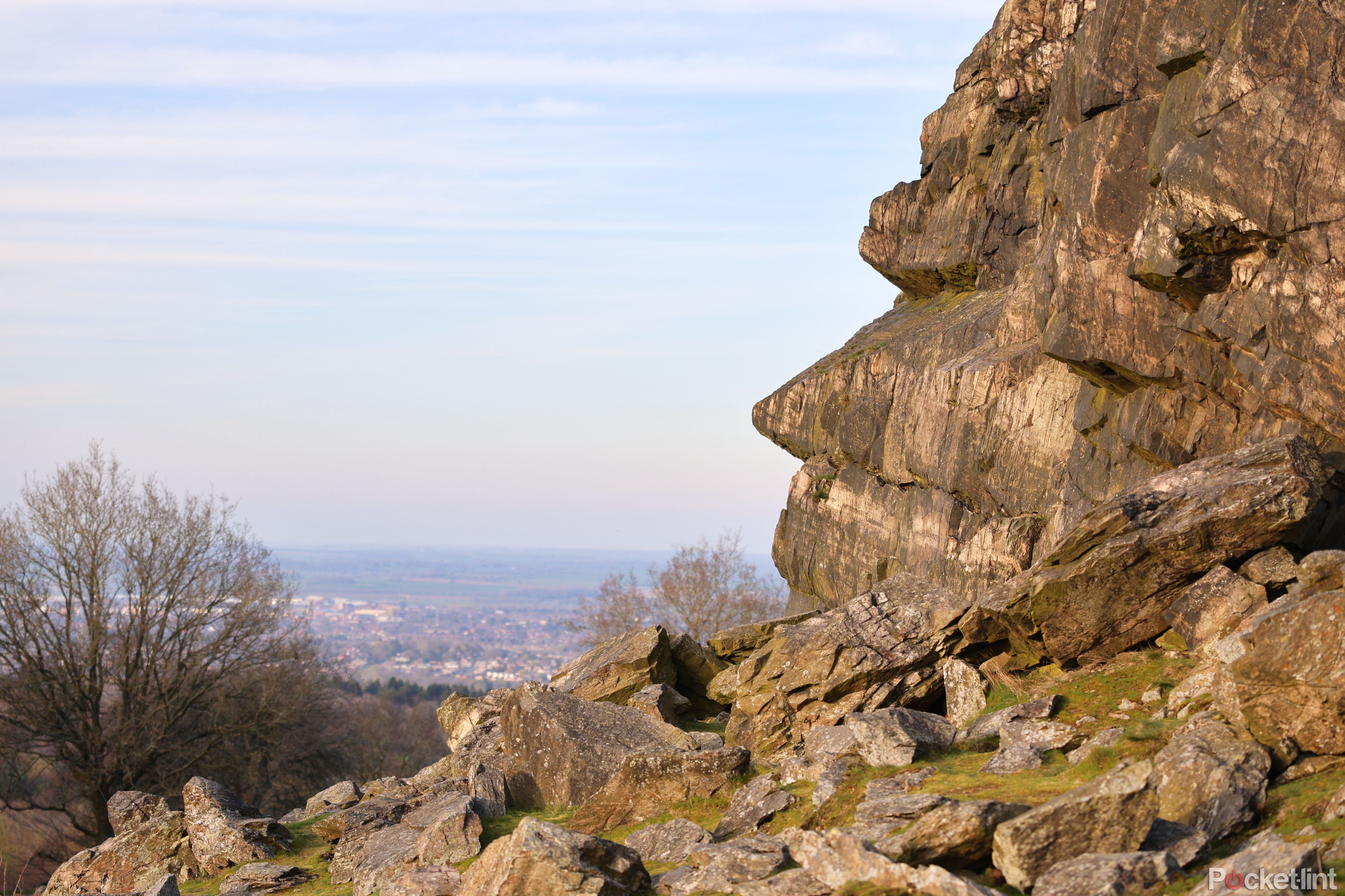
Overall, we were very pleased with our photographic results. The images benefit from Canon's renowned colour science and come out looking sharp and vibrant. There's a distinct lack of noise too, probably owing to the relatively low-resolution sensor, so this might be a good pick if you shoot a lot of low light.
Arguably it's the improvements to video shooting that have a larger impact, though. There are no more recording limits, whereas you were limited to 30-minute clips on the previous model. There's no crop this time either, including at 4K 60p, lovely stuff.
In addition, the slow-motion capabilities have been upped to 180fps at Full HD, compared to 120fps on the R6. We'd love to have seen higher frame rates at 4K, but that's wishful thinking in this price range - with the Sony ZV-E1 being a notable exception.
Our video results were also superb, with autofocus working quite reliably and excellent fidelity from the oversampled 4K image. The IBIS isn't the most impressive that we've come across for video, with some edge warping at wider focal lengths, but it's still very effective and serviceable for our needs.
Verdict
We've really enjoyed our time with the Canon EOS R6 Mark II, it's an impressive camera in almost every regard. Our only criticism is one that could be viewed as a positive, and that's that it doesn't excel in any one area, it's just pretty good at everything.
Usually, with higher-end mirrorless bodies, you see a leaning towards video or photo performance, whereas the EOS R6 Mark II just does it all. If you're a true hybrid shooter, this could be a perfect choice.
Of course, at this price point, there are lots of impressive bodies to contend with. For example, the Lumix S5II offers the same resolution, better IBIS and 6K video recording at a significantly lower price. But, with Panasonic's limited full-frame lens selection, it's a non-starter for many people.
If you're already invested in some decent Canon glass, then realistically, you're probably not looking to switch anytime soon. In our view, the R6 Mark II is the most compelling choice in the current Canon full-frame mirrorless lineup. It offers all the features you could need while remaining in a (somewhat) affordable price bracket.

